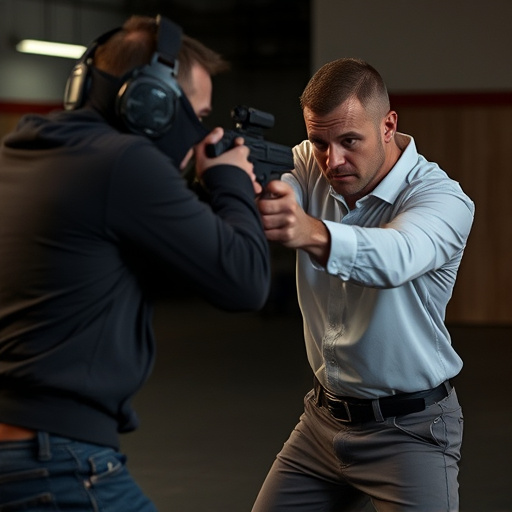Understanding stun gun regulations is vital for women considering self-defense tools, as laws vary greatly by state in the US. Researching local rules ensures compliance with restrictions on open carry, permits, and power output when choosing a best self defense stun gun. Key factors include size, weight, ease of use, and safety features tailored to women's practical needs for discreet carry and quick deployment.
“Unraveling the complex web of stun gun regulations across the US is essential for individuals seeking effective personal defense options, especially for women’s safety. This comprehensive guide aims to demystify stun gun ownership by state, providing a detailed analysis of current legalities. From understanding federal guidelines to delving into state-specific restrictions, we explore key factors shaping rights to own stun guns. Furthermore, we offer insights on choosing the best self-defense stun gun tailored for women’s unique needs, ensuring both safety and legality.”
- Understanding Stun Gun Regulations: A Comprehensive Overview
- State-by-State Analysis of Stun Gun Legality for Self-Defense
- The Legalities Surrounding Stun Guns for Women's Safety
- Key Factors Determining Stun Gun Ownership Rights
- Choosing the Right Stun Gun: Considerations for Personal Defense
Understanding Stun Gun Regulations: A Comprehensive Overview
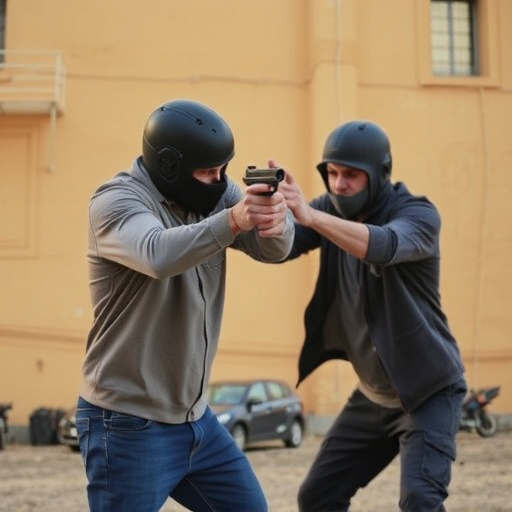
Understanding Stun Gun Regulations is essential for anyone considering purchasing a self-defense tool, especially for women looking into the best self-defense stun gun options available. Each state in the US has its own set of laws and restrictions regarding stun guns, making it crucial to research and understand these regulations before making a purchase. This comprehensive overview aims to dispel any confusion surrounding stun gun ownership by providing a clear, state-by-state breakdown.
Whether you’re seeking personal protection or carrying for peace of mind while traveling, knowledge of local laws is paramount. For instance, some states allow open carry with minimal restrictions, while others mandate permits and specific stun gun features. Women considering self-defense tools should look into the legalities of their state, focusing on regulations related to stun guns’ power output, size, and permissible use. This proactive approach ensures compliance and empowers individuals to make informed decisions when selecting a best self-defense stun gun suited to their needs and local laws.
State-by-State Analysis of Stun Gun Legality for Self-Defense
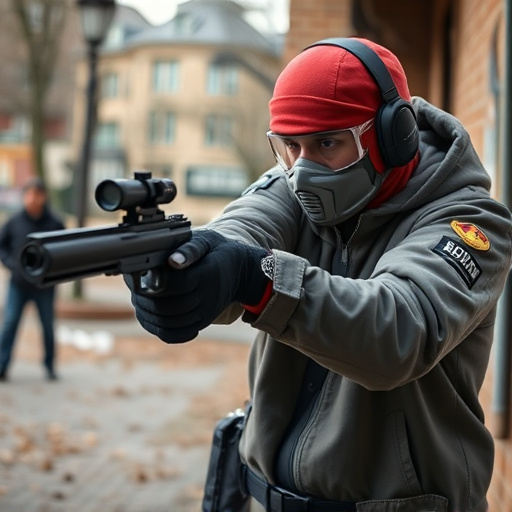
In the United States, the legal status of stun guns varies significantly from state to state, making it crucial for individuals, especially women looking for effective self-defense options, to understand their rights and restrictions. A comprehensive state-by-state analysis reveals a mixed bag of regulations that can impact the availability and use of stun guns for personal protection.
For instance, some states like Texas and Florida allow open carry of stun guns without a permit, making them readily accessible for those seeking best self-defense stun gun options. Conversely, states such as New York and California have stringent restrictions, requiring permits or limiting their use to specific situations. Understanding these nuances is essential for women considering stun guns as a means of self-defense, ensuring they remain compliant with local laws while empowering themselves with effective tools for personal safety.
The Legalities Surrounding Stun Guns for Women's Safety
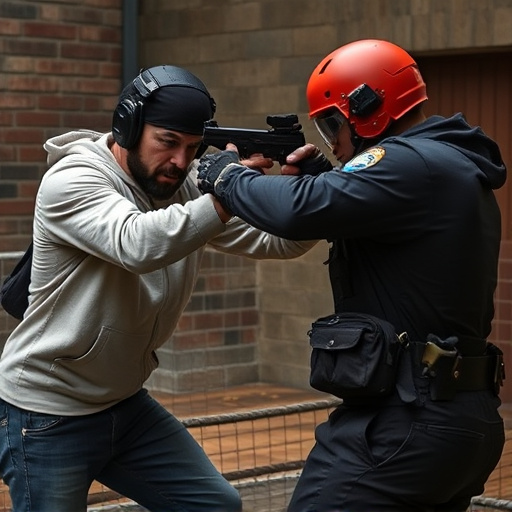
In many states across the US, stun guns are recognized as a powerful tool for personal safety, especially for women who may be at higher risk of assault or harassment. The legal status of stun guns varies widely from state to state, with some allowing their open carry and others restricting them to concealed carry only. For women seeking the best self-defense stun gun, understanding these laws is crucial. Knowing whether a stun gun is legal in your state and what specific regulations apply can help ensure that you’re acting within the law while protecting yourself effectively.
States with more liberal stun gun laws often permit open carry without a permit, making it easier for individuals to defend themselves. In contrast, states with stricter regulations may require permits or have restrictions on the type, power, and size of stun guns, which could impact the choice of the best self-defense stun gun for women. Women considering stun guns as a safety measure should also be aware of any local ordinances that might further restrict their use, ensuring they stay informed to maintain their personal security.
Key Factors Determining Stun Gun Ownership Rights
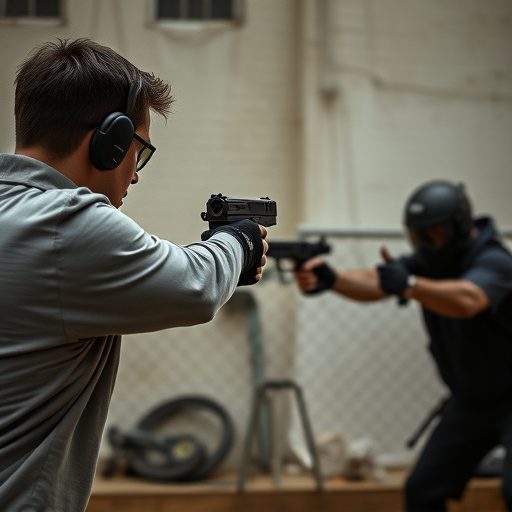
When it comes to determining the legal restrictions on stun gun ownership, several key factors come into play. These include state-specific laws, local regulations, and individual circumstances. Each state in the US has its own set of rules governing the possession and use of stun guns, with some being more permissive than others. For instance, certain states may allow residents to carry stun guns openly or concealed without a permit, while other states may require permits or specific licenses.
For women considering stun guns as a best self-defense option, understanding these legal nuances is crucial. Factors like age requirements, waiting periods, and background checks vary widely across states. Some states offer more freedom in owning stun guns for personal protection, making them appealing choices for women seeking effective yet legal self-defense tools. Additionally, knowing the specific laws in your state ensures compliance and can help avoid any legal repercussions when exercising your right to protect yourself.
Choosing the Right Stun Gun: Considerations for Personal Defense
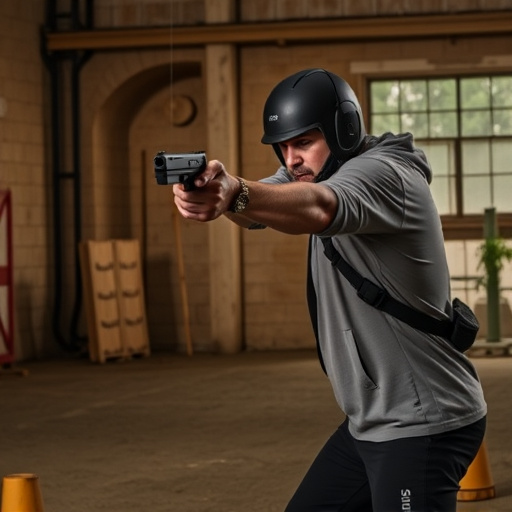
When considering a stun gun for personal defense, choosing the right one involves several key factors. One crucial consideration is understanding the legal restrictions in your state, as regulations vary widely and can significantly impact your options. For instance, some states have strict limitations on who can possess a stun gun and where it can be carried.
For women looking into self-defense options, selecting a best self-defense stun gun should also factor in size, weight, and ease of use. Compact and lightweight models are often preferred for discreet carry and quick deployment. Additionally, features like a simple activation mechanism and bright strobe light can enhance effectiveness during an emergency. Prioritizing safety and reliability is paramount, ensuring you’re prepared to defend yourself with confidence.
In navigating the complex landscape of stun gun legal restrictions, understanding state-by-state regulations is crucial for those seeking effective personal defense solutions, especially for women looking into the best self-defense stun gun options. This comprehensive guide has analyzed various aspects, from general ownership rights to specific considerations for female safety. By delving into these factors, individuals can make informed choices when selecting a stun gun, ensuring they remain within legal boundaries and enhance their personal security.
